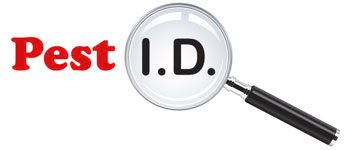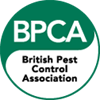During the summer months, it is common to see large numbers of wasps swarming around certain types of trees and plants, such as willows and ivies. This phenomenon is due to the presence of a type of wasp known as a social wasp, which feeds on the sap of these trees and plants.
What Are Social Wasps?
Social wasps, such as yellow jackets, paper wasps, and hornets, are known for their aggressive behaviour and large nests, which can contain thousands of individuals. These wasps are attracted to the sap of willows and ivies, which provide a rich source of food for the colony. As a result, large numbers of wasps can often be seen swarming around these trees and plants, feeding on the sap and gathering nectar.
Why They Can Be a Problem
The presence of social wasps can be a concern for many people, as their aggressive behaviour and sting can pose a threat to humans and pets. In addition, the large nests can cause structural damage to buildings, trees, and other structures.
How to Prevent Social Wasp Swarms
To reduce the risk of wasp infestations, it is important to take steps to discourage social wasps from building nests near your home. This can include trimming back branches and leaves of willow and ivy trees that are close to your home, and removing any dead or decaying wood that could provide a suitable nesting site for social wasps.
Social Wasp Swarm Removal
If you already have a wasp infestation, there are several methods that you can use to control the population and reduce the risk of being stung. One option is to use a wasp trap, which is designed to lure wasps into a container where they become trapped and cannot escape. Another option is to use a wasp spray, which contains a chemical that kills wasps on contact.
It is also important to take steps to prevent wasp stings, as these can cause serious health problems in some individuals. This includes avoiding wearing bright colours or floral patterns, as these can attract wasps, and wearing long sleeves and pants to reduce the amount of skin that is exposed. In addition, it is important to avoid swatting at wasps, as this can cause them to become aggressive and sting.
In some cases, it may be necessary to remove the nest entirely, in order to effectively control the wasp population. This can be a challenging task, as social wasps are highly defensive of their nests and will attack anyone who approaches. If you are not comfortable removing the nest yourself, it is recommended that you hire a professional pest control service to handle the task for you.
Summary
The presence of large numbers of wasps around willow and ivy trees is a common phenomenon during the summer months, and is due to the presence of social wasps, which feed on the sap of these trees and plants. To reduce the risk of wasp infestations and stings, it is important to take steps to discourage wasps from building nests near your home, and to use wasp traps or sprays to control the population if necessary. If you have a wasp swarm that needs removing, please get in contact with Pest ID today and we’ll be happy to help!








